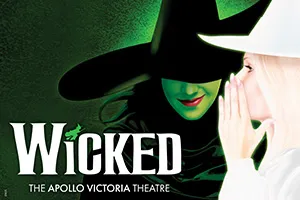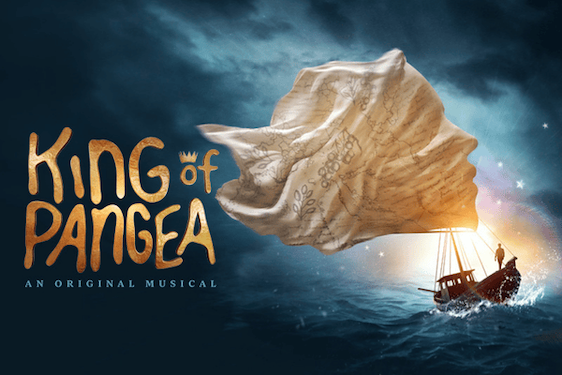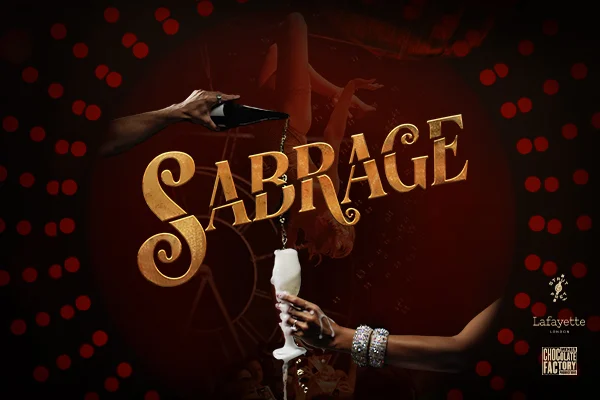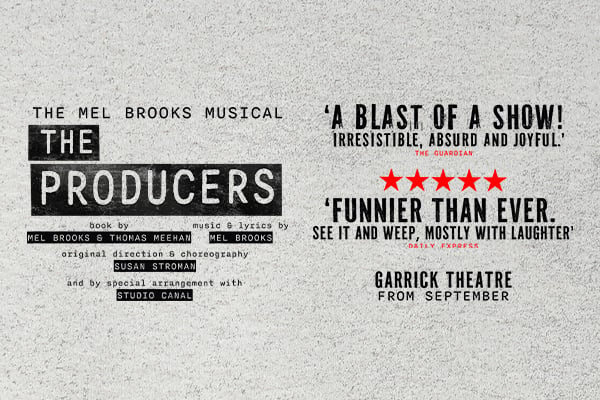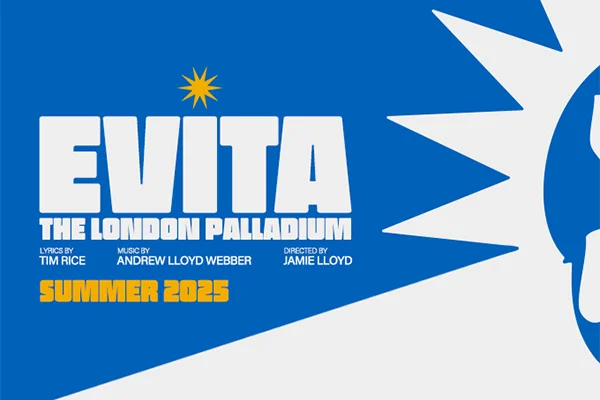At the beginning of Maria Addolorata, a man and a woman in caricature-like costumes sob uncontrollably and blow their noses. As they literally fall out of their outfits like shelled nuts, they set up the comedic tone of the next part of the show.
Both choreography and execution are faultless, and carried out with confidence and skill.
Blending contemporary dance with raucous singing and bits of acting, Maria Addolorata sets out to be an exploration of pain and suffering, and how people experience them. However, this only comes across effectively in the last part of the show. Before that, the two talented performers dance their way through a number of slightly comedic acts, which include beer cans, jogging around the stage and a fake gun out of ammunition.
To be fair, those acts run on the line between tragic and comic, and a particularly giggly audience affects one’s experience of the show. Even so, however, it seems like the show often fishes for an easy laugh, and although the dancing is great throughout the show, there is only so much amusement that a drunken rendition of Amazing Grace or running in scant clothing can arise. Things get more engaging once both dancers strip down to their underwear. Together with their clothes they also shed the forced comedy of the previous scenes and now offer raw, heart-felt performances that touch the audience without trying to elicit a laugh.
The audience appeared to be delighted by the dancers’ performances, and rightly so, from a technical point of view. Both choreography and execution are faultless, and carried out with confidence and skill. The chemistry between the dancers is tangible, and after all the show has been touring for a while now. It is just a shame that, throughout most of Maria Addolorata, the dancers seem to dance for the audience’s amusement rather than for the urgency to communicate something.









